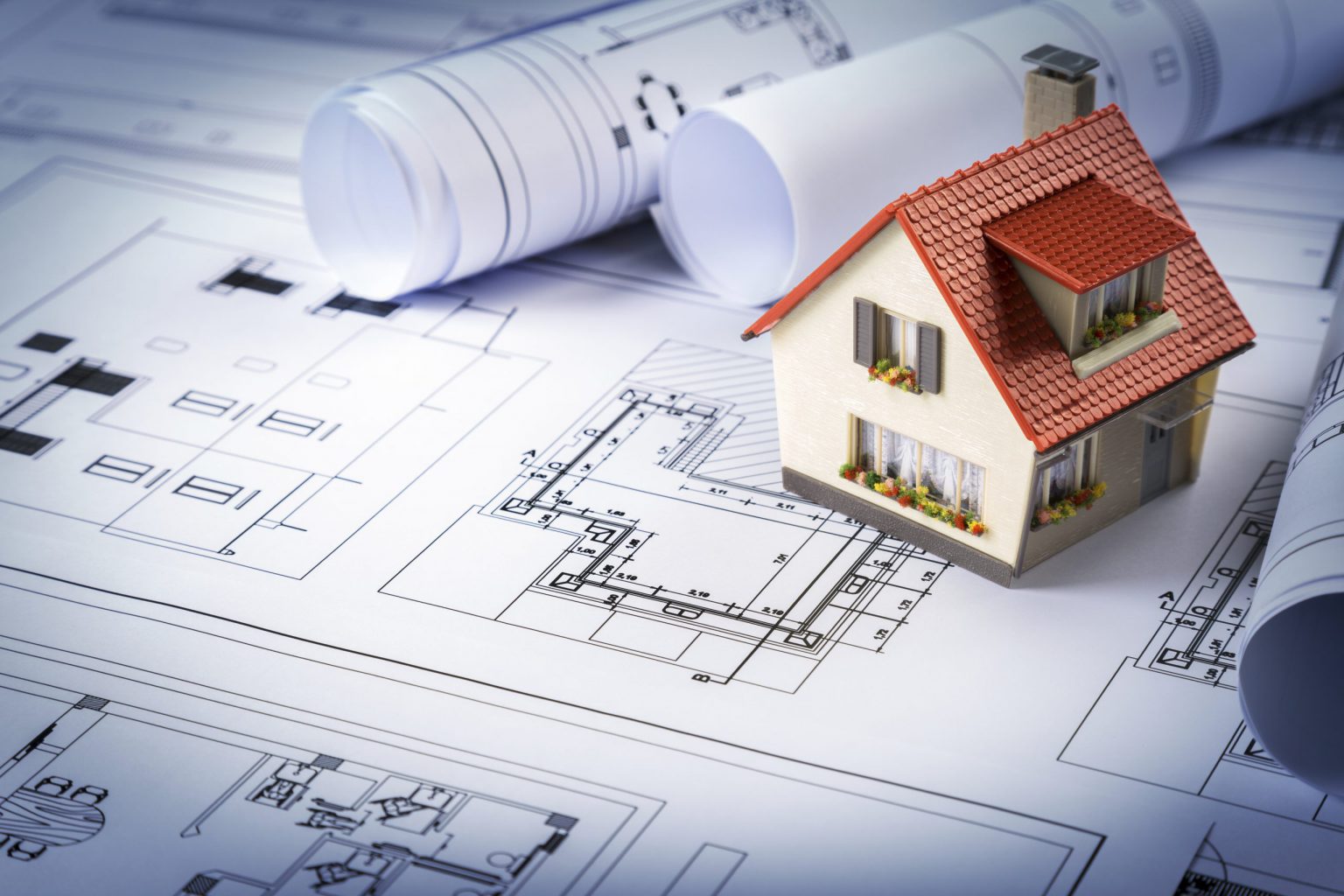
We are likely to see future aged care homes designed in pods of four-to-six bedrooms and a common lounge, writes Robert Caulfield.
There is no doubt that aged care Australia is facing an existential crisis. Recent research by aged care consultants Stewart Brown shows that 60 per cent of facilities are making a loss. The average loss is $2,835 per bed per year with rural facilities making larger losses than this.
It is unfortunate that the Covid crisis has drawn attention to some aged care facilities where the owners appear to be making exorbitant profits at the expense of their residents. This is by no means the norm.
Years of chronic government underfunding have resulted in many operators having to use shared contract staff and various cost cutting measures to survive. By necessity, the planning of facilities has often revolved around efficiencies of operation rather than the comfort of residents.
Add to this the fallout from the current COVID-19 crisis and the findings yet to come from the royal commission and the industry is going to go through a significant change. Tomorrow’s aged care facilities will look vastly different to today’s homes.
The federal government’s home care packages have resulted in more elderly people staying at home for longer. This year we saw the first decline in occupancy rates in aged care for at least eight years, with home care packages obviously being a contributor to this.
People going into aged care are older, more frail and staying there for a shorter period of time. Aged care facilities are to a certain extent, becoming palliative care places. The trauma of Covid in aged care will only exacerbate the reluctance of families to consider aged care homes as an option for their loved ones.
The golden lining here is that the lockdowns have resulted in dramatic reductions in cases of influenza and gastroenteritis right throughout our population, demonstrating once and for all that we can reduce the risks in aged care too if we put in the right precautions. We are learning what it takes to make aged care safer than it has ever been.
Tomorrow’s aged care homes
There is a need for a dramatic overhaul in how we think about aged care and how we design for it. We are likely to see many more smaller operators go out of business, merge or be taken over by larger operators. For sure, a lot of money will need to be spent on existing facilities while many new ones will be built. But before any of that can happen, we need to get the aged care industry back into profit.
At last, the federal and state governments have been shocked into the reality that millions or perhaps billions of dollars will need to be spent on aged care to ensure the safety and mental wellbeing of our older citizens and it appears that they are going to make this money available. So what does this mean for tomorrow’s aged care?
Traditional aged care facilities were often designed in clusters of 15 or so bedrooms for maximum efficiency of staffing and servicing of residents. This will no longer be appropriate as we look to ways of isolating increasingly frail residents at very short notice in the event of an infection outbreak.
Caulfield Krivanek Architecture are likely to see aged care homes designed in pods of four-to-six bedrooms and a common lounge. The pods can be isolated at a moment’s notice if required. Individual bedrooms will need to be isolated with special attention given to isolating and containing the air supply in each bedroom and each pod in the event of an outbreak.
We may see some rooms set up for temporary semi-intensive care, somewhere between a current room and a hospital room. These would not be appropriate as standard resident’s rooms, but they might double up for respite care.
Devices and processes for screening visitors and staff on entry are also likely to be introduced. The technology for a lot of this already exists, for example a health passport confirming that visitors have had influenza, and hopefully COVID-19, vaccinations before being allowed into the main areas of a facility.
Air sensors that can scan for viruses exhaled by people are being investigated. Perhaps in future all visitors and staff will enter a facility through a scanning lobby that automatically measures body temperature, breath samples and checks a person’s health passport. These will need to be sensitively incorporated into the design, after all this is the resident’s home and it needs to feel like a home.
Surfaces will need to be easily cleaned, so consideration of new building products that promise to destroy pathogens are being developed and may soon be available. Air conditioning systems that sanitise recirculated air in common areas are likely to be employed.
The challenge for operators and architects in designing new facilities is to provide an evermore controlled environment for an increasingly frail clientele without having them look like institutions.
As many residents are likely to be less mobile, their sensory experiences will need to be addressed from inside their care home. Indoor courtyards and gardens, walking tracks, exercise areas will probably all form part of the interior design of facilities.
We are likely to see more visual attractions such as aquariums, aviaries and perhaps a greater variety of colours and finishes.
One thing is for sure, we are entering a new era of aged care.
Article originally published 22 October 2020 in Australian Aging Agenda
